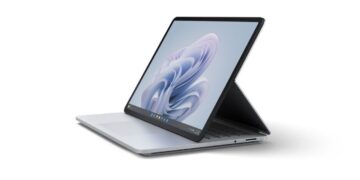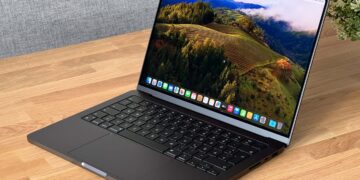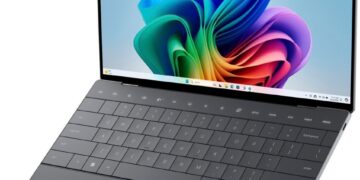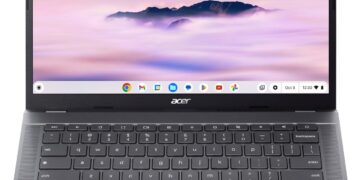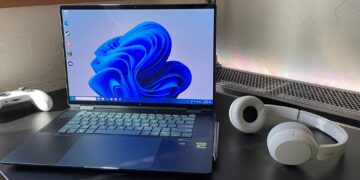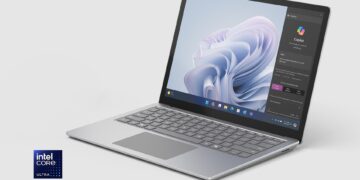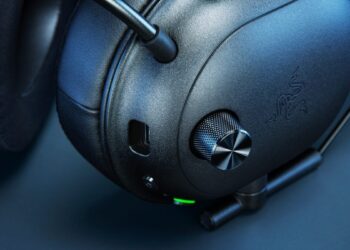The M4 MacBook Pro: Apple’s AI-Powered Future is Here, and It’s Uncompromising

For the past few years, Apple Silicon has been less a participant in the laptop performance race and more the track on which the race is run. With each generation, the MacBook Pro has redefined expectations for power, efficiency, and what a professional notebook can be. Now, with the arrival of the M4 MacBook Pro, Apple isn’t just taking another victory lap; it’s building a new stadium. This machine represents the company’s most aggressive push into on-device artificial intelligence, wrapping a truly next-generation Neural Engine in a familiar, yet refined, package. It’s a statement piece, but is it the revolutionary tool creators and developers have been waiting for?
Redefining Raw Power
At the heart of this machine is the M4 chip, built on a second-generation 3nm process. The performance uplift in traditional CPU and GPU tasks is, as expected, impressive. Compiling large-scale applications in Xcode feels instantaneous, and scrubbing through multiple 8K ProRes video streams in Final Cut Pro is so smooth it borders on surreal. The new GPU architecture brings hardware-accelerated mesh shading and ray tracing to a level that blurs the line between a portable workstation and a dedicated desktop rig. Gaming, while still dependent on developer support, is more viable than ever, with AAA titles running at high frame rates with stunning visual fidelity.
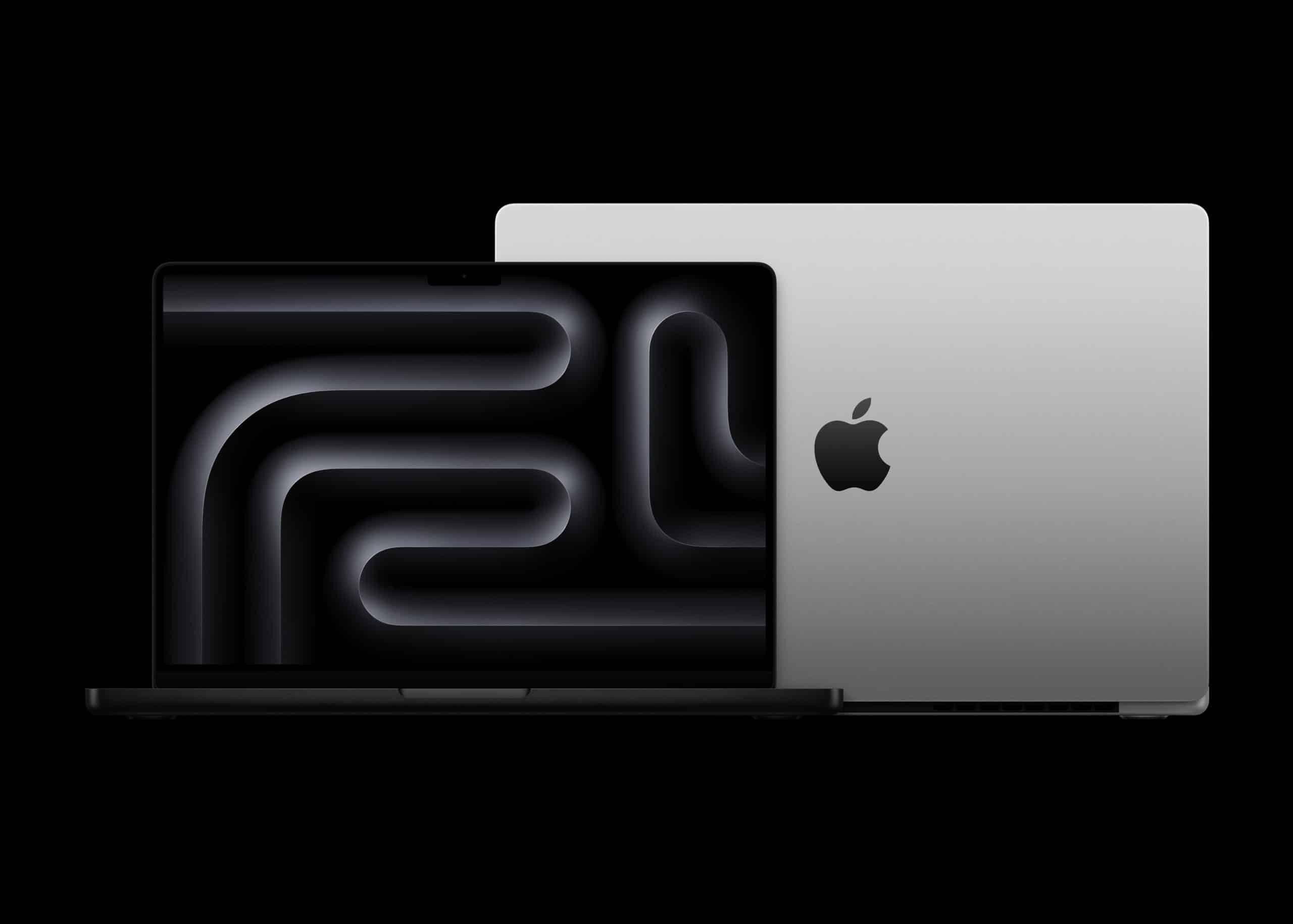
But the real story is the redesigned Neural Engine. With a dramatic increase in core count and performance, the M4 is an AI powerhouse. It runs complex machine learning models locally with astonishing speed, enabling features like real-time voice transcription, advanced generative photo editing, and intelligent code completion that feel like magic. For developers working with AI, this isn’t just an incremental upgrade; it’s a paradigm shift, moving demanding inference tasks from the cloud directly onto the machine, saving time and enhancing privacy. The only caveat is that thermal throttling, while improved, can still make an appearance during the most sustained, punishing workloads, gently reminding you that physics still applies.
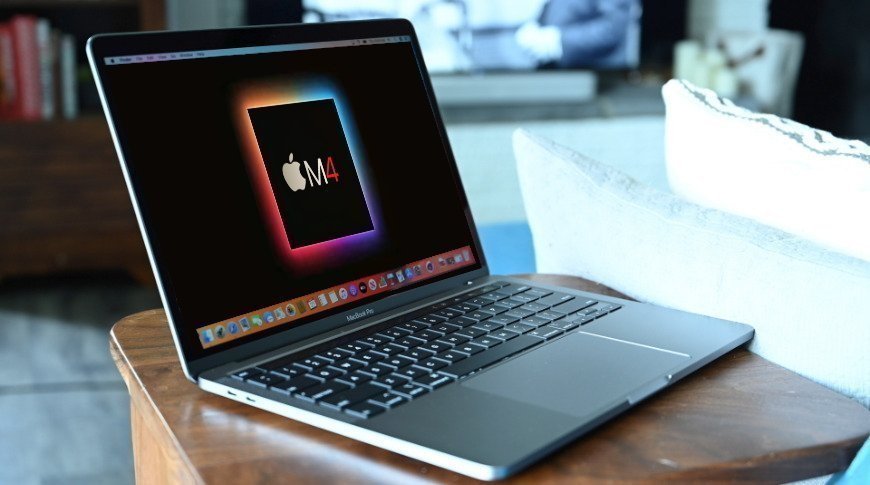
A Study in Refined Industrial Design
Aesthetically, the M4 MacBook Pro is a testament to the “if it ain’t broke, don’t fix it” philosophy. It retains the robust, squared-off aluminum unibody chassis that has defined the lineup for years. It’s an icon of industrial design, with impeccable build quality, zero flex, and a reassuring density. This iteration is marginally thinner and a few grams lighter, a welcome refinement that enhances portability without sacrificing its premium feel. The port selection remains practical and professional, featuring Thunderbolt 4, HDMI, an SD card slot, and the beloved MagSafe 3 charger.
However, the familiarity is also a slight weakness. The display notch, while easy to ignore in daily use, feels like a design element that has overstayed its welcome, especially as competitors move towards less intrusive solutions. While the build is second to none, some may find the lack of a significant visual update disappointing. This is a machine that prioritizes function over a radical new form, a choice that is both its greatest strength and a potential point of criticism for those seeking something visually fresh.
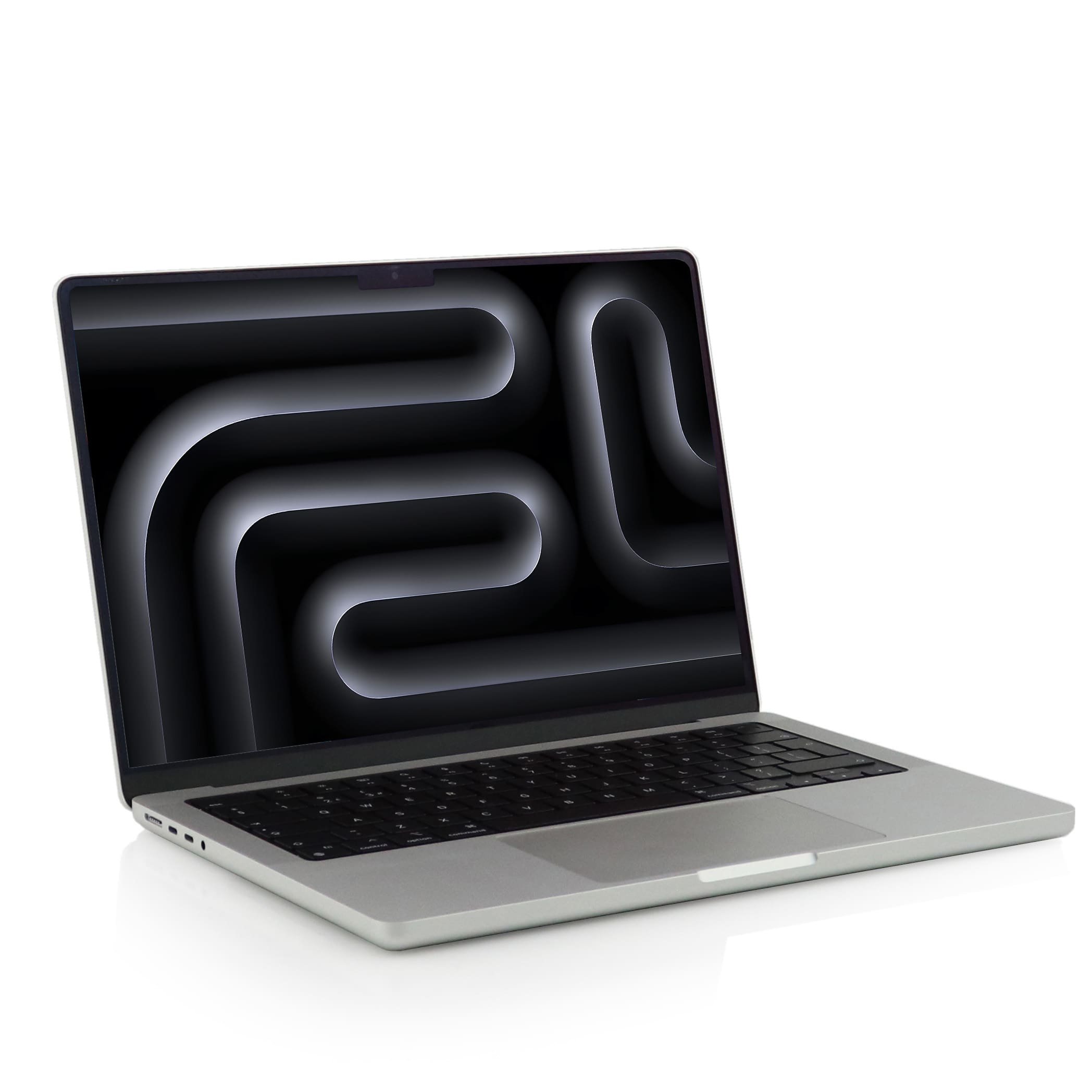
A Sensory Masterclass
Interacting with the M4 MacBook Pro remains a best-in-class experience. The Liquid Retina XDR display is, simply put, the best screen on any laptop. With its blistering 1600 nits of peak brightness for HDR content and silky-smooth 120Hz ProMotion technology, everything from editing photos to watching movies is a visual feast. The six-speaker sound system continues to defy laptop audio expectations, producing a wide, immersive soundstage with surprising depth and clarity.
The Magic Keyboard is a joy for typing, offering a perfect balance of key travel and stability, while the massive Force Touch trackpad is the industry benchmark for precision and responsiveness. The one area that feels merely “great” instead of “phenomenal” is the 1080p FaceTime camera. While image processing from the M4’s ISP makes you look your best, the lack of a 4K sensor feels like a missed opportunity in an era dominated by high-resolution video calls.
The Value Equation: An Investment in Speed
There is no sugarcoating the price. The M4 MacBook Pro is a significant investment, with the cost escalating sharply as you add unified memory and storage. The base 16GB of memory feels like a calculated limitation designed to push serious professionals toward more expensive configurations, which is a tough pill to swallow at this price point. For web browsing and office tasks, this machine is profound overkill.
However, for its target audience—video editors, 3D artists, music producers, and AI developers—the value proposition is different. The hours saved on renders, compiles, and exports translate directly into increased productivity and revenue. For these users, the M4 MacBook Pro isn’t just a laptop; it’s a capital investment. When you measure its cost against the time it saves and the creative possibilities it unlocks, the steep price becomes far more justifiable.
Final Verdict
The Apple MacBook Pro M4 is not an evolution; it’s a specialization. It solidifies its position as the undisputed champion of high-performance creative work, now with a formidable new focus on local AI processing. This is not a machine for the masses. It is an exquisitely crafted, brutally powerful, and unapologetically expensive tool for professionals whose workflows can genuinely leverage its immense power. If your livelihood depends on computational horsepower and you’re ready to embrace the on-device AI future, the M4 MacBook Pro isn’t just the best choice—it’s the only one that matters.
Where to Buy:
Apple MacBook Pro M4 Quick Summary
Key Scores:
- Value: 88%
- Design: 95%
- Performance: 94%
- Quality: 94%
- Popularity: 95%
Top Pros
- ✅ The M4 chip provides unparalleled performance for demanding tasks.
- ✅ On-device AI capabilities set a new industry benchmark.
- ✅ The Liquid Retina XDR display remains the best screen on a laptop.
- …
Key Cons
- ❌ The high starting price makes it inaccessible for many users.
- ❌ Base model memory and storage feel insufficient for pros.
- ❌ Upgrades for internal components are notoriously expensive.
- …

 Tech Essentials
Tech Essentials